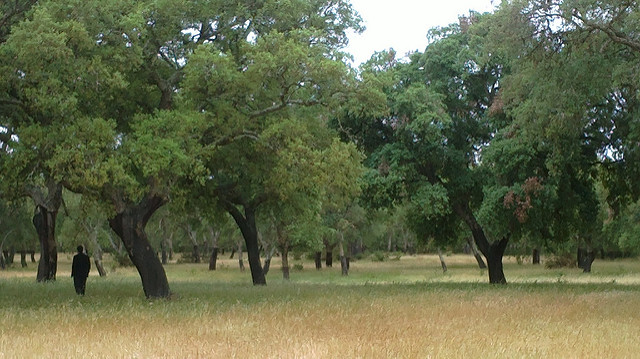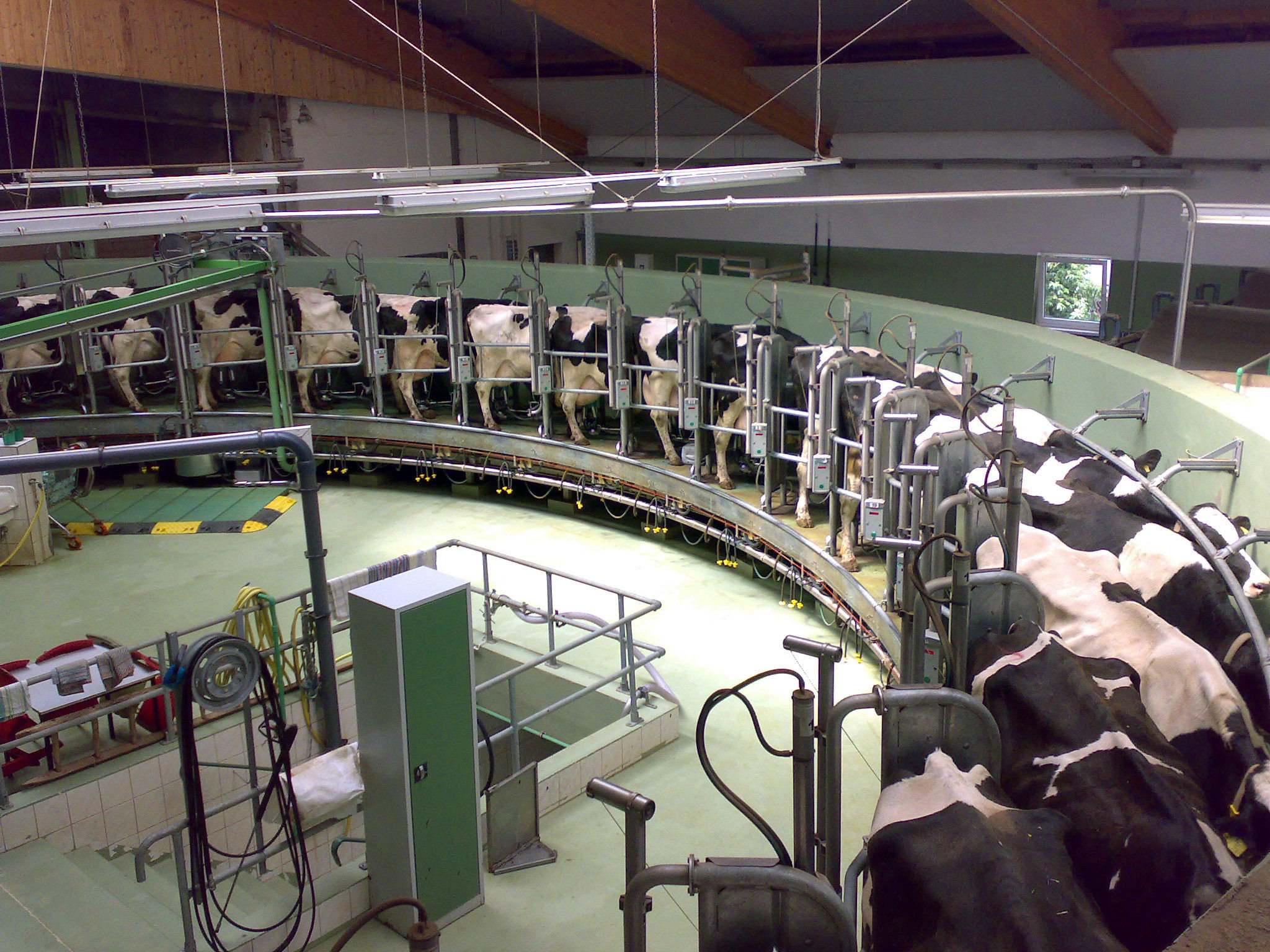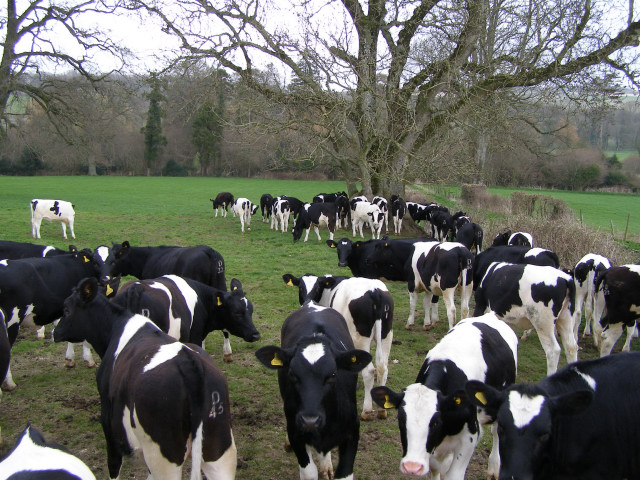When the external impact of the Common Agricultural Policy (CAP) is discussed, it is often in the context of evaluating the CAP’s impact on world markets and third countries. For example, there is a substantial literature which looks the coherence of the CAP with the EU’s development co-operation objectives by examining its impact on developing countries (see my 2014 review chapter here).
In a new study for the AGRI Committee of the European Parliament, Professor Alan Swinbank of the University of Reading turns this traditional focus on the impact of the CAP on world markets on its head. His study The Interactions between the EU’s External Action and the Common Agricultural Policy instead looks at how the external dimension of the EU – including trade policies pursued through the WTO and other international obligations and its development co-operation activities with neighbouring states and developing countries – have influenced the evolution of the CAP.… Read the rest





